Find out more about The Open University's History and Social Sciences qualification.
This article belongs to the Women and Workplace Struggles: Scotland 1900-2022 collection.

Background
The public, political and cultural representations of working-class activism in opposition to industrial closure are dominated by the image of the militant male worker. Leaders like Jimmy Reid, Arthur Scargill and high-profile disputes by miners, shipyard workers, car workers, steel workers and others are synonymous with resistance to the process of deindustrialisation. Where women appear in academic or popular accounts, they are primarily support figures for men coming to terms with displacement from manufacturing work.
However, over a 13-month period in 1981 and 1982, the three most militant actions taken in opposition to factory closure in Scotland were conducted by women workforces. Faced with shutdown due to the decisions by their multinational employers, the workers at Lee Jeans (Greenock), Lovable Bra (Cumbernauld), and Plessey Capacitors (Bathgate) refused to accept that they were redundant.
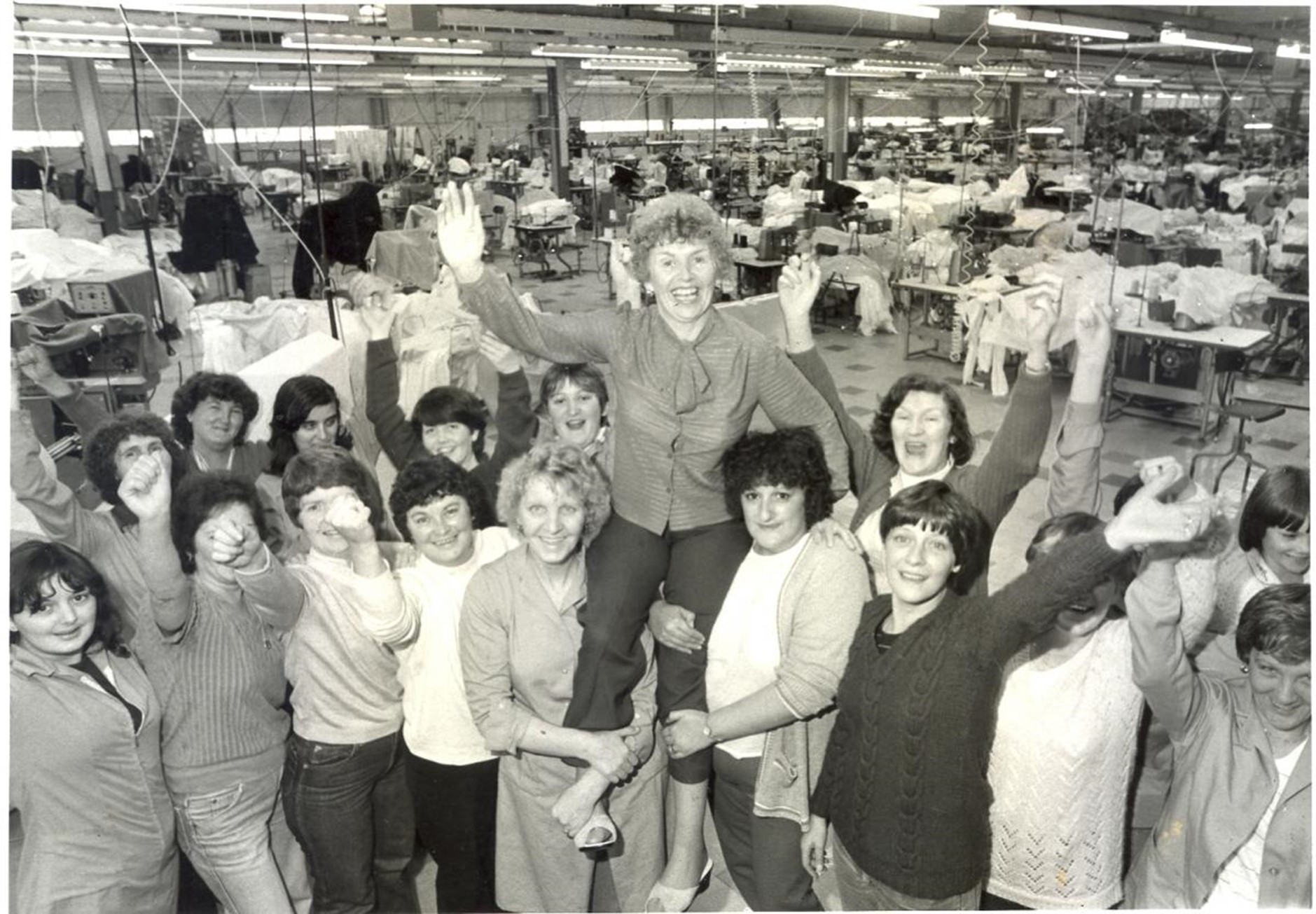
With victory secured, Lee Jeans workers hold shop steward Helen Monaghan aloft in celebration, August 1981.
Rather than attempt to bargain over improved severance packages, they embedded themselves in their workplaces to force their employers to reconsider. And remarkably, all three were – to varying degrees – successful. Following the occupations, all of the sites remained in operation due to the actions of the workers. These disputes remain incredibly relevant today, demonstrating how the mobilisation of ordinary workers can resist and prevent the unjust decisions of multinational corporations. The use of occupation in work settings has decreased dramatically since its height in the 1970s; however, the tactic has continued to achieve important victories for working-class and socialist campaigns in Scotland, such as the 2001 occupation of the Govanhill Baths, the 2011 student takeover of Hetherington House, and the 2017 work-in at the Bi-Fab yard in Fife. Understanding the occupations in Greenock, Cumbernauld and Bathgate can provide crucial lessons for worker and social movements today.
Rescuing Women’s Factory Occupations from Obscurity
These occupations have been marginalised in our knowledge and understandings of the period, of experiences of deindustrialisation, and the gendering of class action. The story of deindustrialisation is told – in popular culture, political debate and academic research – as a story of redundant male workers. The women who led and participated in these occupations are not part of the Scottish – or British – narrative of factory closure and the harms caused by industrial rupture. And this is despite their public significance at the time; the occupations at Lee (February to August, 1981), Lovable (January to March, 1982) and Plessey (January to March 1982) dominated the printed and TV media, but have slipped into obscurity in the four decades since, only retold when the workers organise events to mark key milestones.
Between 2013 and 2017, I undertook the first comparative analysis of these occupations. Through archive research and the creation of new oral history interviews, I have attempted to reconstruct and interpret the industrial actions that were launched by women across Scotland in 1981 and 1982. In doing so, I have developed the argument that these occupations collectively represent the most significant period of working-class resistance to manufacturing closure in twentieth-century Scotland.
In the three pieces in this OpenLearn collection, I give a short overview of each occupation, placing them within their local socio-economic contexts, before outlining the actions that developed and integrating the memories of those involved. If you’d like to read more, please consult the materials below. I hope you enjoy learning about these incredible, remarkable, and almost forgotten actions by working-class women in Scotland during the first Margaret Thatcher government.
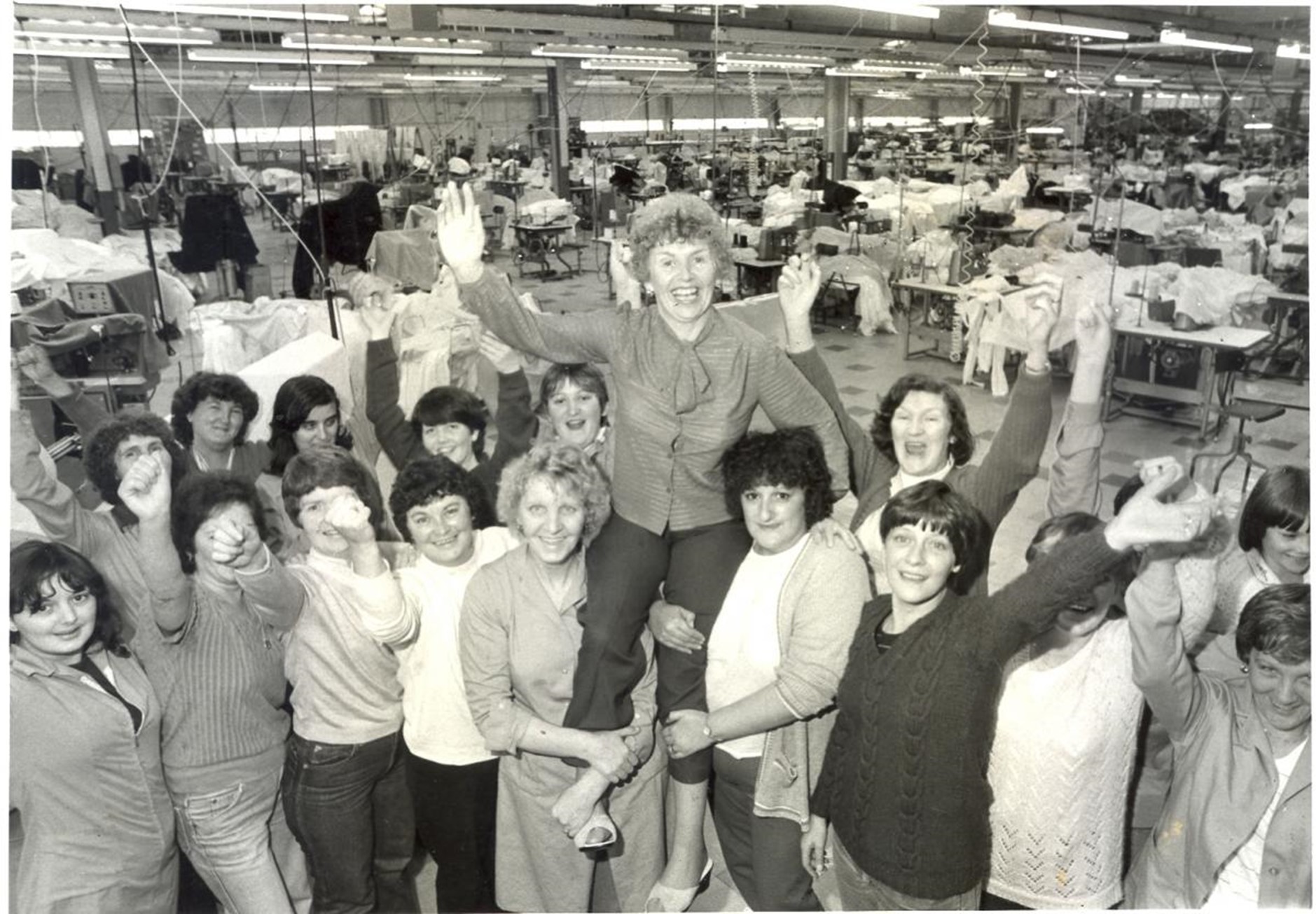
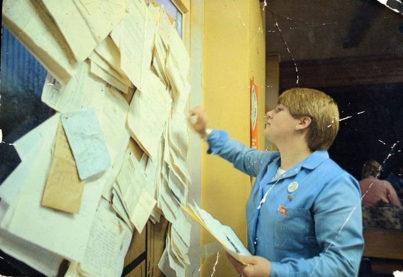
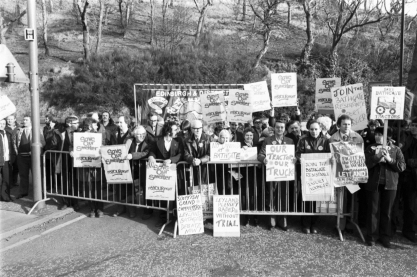
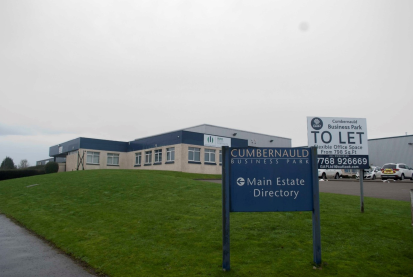



Rate and Review
Rate this article
Review this article
Log into OpenLearn to leave reviews and join in the conversation.
Article reviews
and a very meaty reference section for some deep wormholes of info.